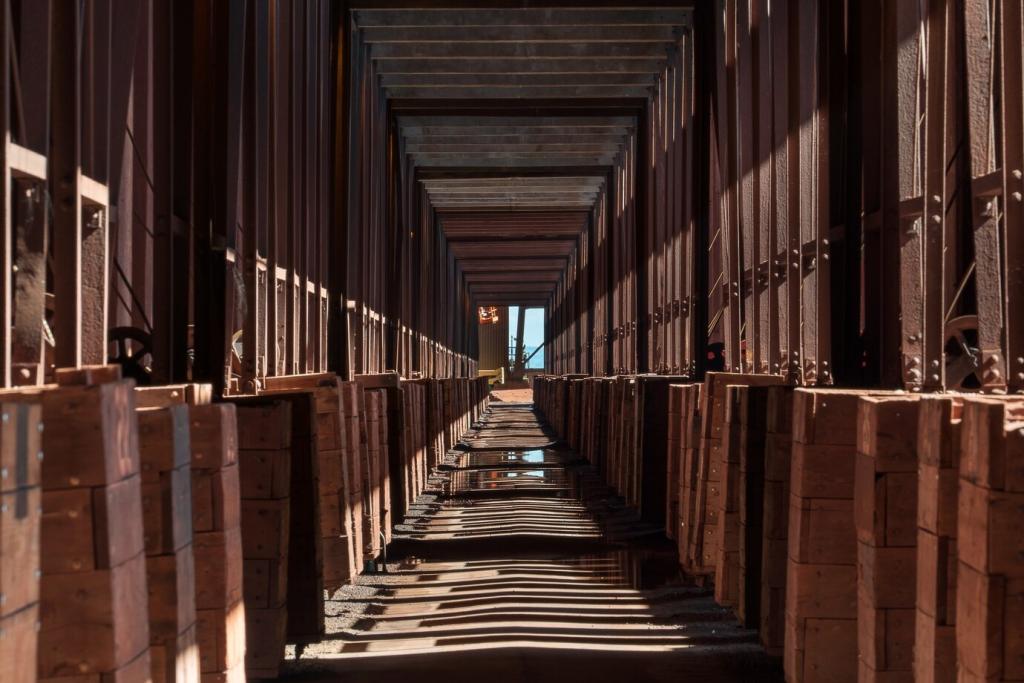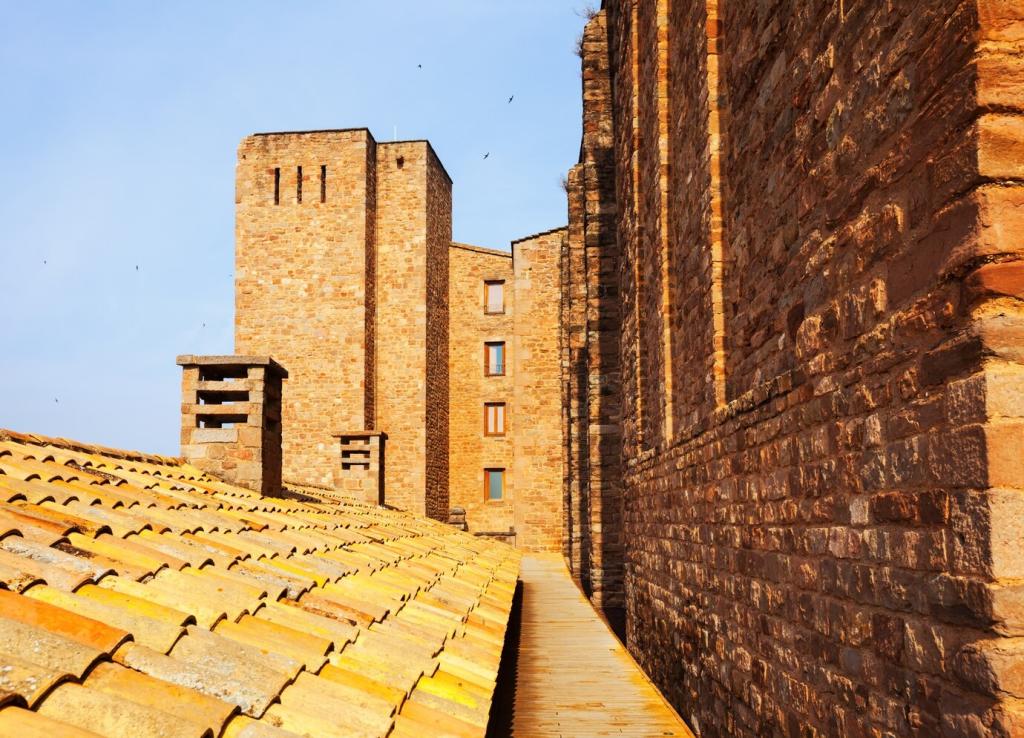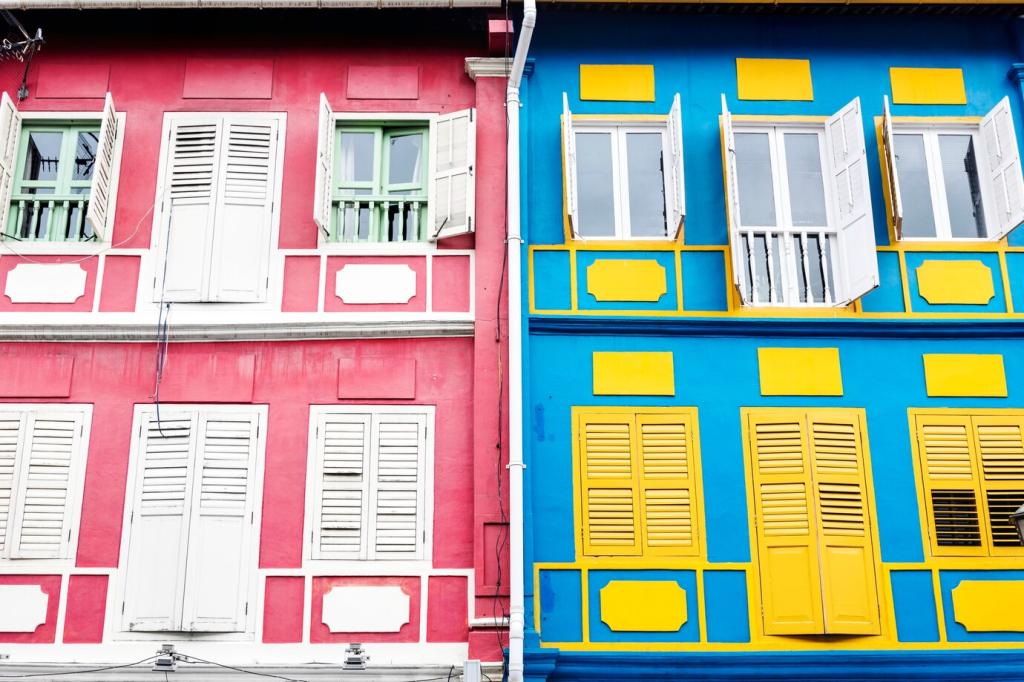
Cultural Roots in Contemporary Architectural Design
Exploring the profound connection between cultural heritage and modern architectural practices offers insights into how tradition shapes the spaces we inhabit today. This page delves into how architects around the world respond to local culture and history, integrating them into the fabric of contemporary design. The interplay between innovation and tradition not only honors cultural identities but also enriches architectural language, influencing everything from materials to spatial organization.
The Importance of Cultural Identity in Architecture
Cultural identity in architecture refers to the set of values, symbols, rituals, and historical references that influence a building’s design and function. Architects tap into these elements to create spaces that resonate with their intended community. Through external forms, material choices, and even spatial orientation, buildings communicate the unique attributes of a culture, fostering a sense of belonging and continuity within a rapidly changing world.
Reinterpreting Tradition: Innovation Meets Heritage
Contemporary designs frequently reinterpret traditional building forms, adapting them to suit modern lifestyles without losing their intrinsic meaning. These adaptations might involve reimagining vernacular rooftops or facade treatments, translating historic patterns into present-day materials, or repurposing familiar spatial layouts. This process ensures that architecture remains a living conversation between generations.
The materials used in construction play a crucial role in conveying cultural significance. Modern architects blend new manufacturing techniques with conventional materials like wood, stone, or clay, achieving both high performance and cultural authenticity. Experimentation with local resources not only supports sustainability but also maintains a tactile connection to heritage, bridging technological advancement and ancestral knowledge.
Symbols and motifs specific to a culture are often transformed in creative ways within modern architecture. Whether through façade ornamentation, spatial sequencing, or public art, these elements are reimagined to fit current contexts while retaining their symbolic potency. Such reinterpretations keep cultural expressions relevant, allowing them to evolve alongside society’s changing needs.

Local Materials and Construction Techniques
Harnessing Indigenous Resources
Utilizing available building materials from a region reflects not only climate and geography but also the collective wisdom of its people. Architects sensitive to cultural roots prioritize indigenous resources, ensuring structures are attuned to local conditions. This approach minimizes environmental impact and fosters a sense of place, reinforcing an area’s spatial memory through tangible elements.
Revival of Traditional Craftsmanship
Traditional methods of construction, such as stone masonry, handcrafted brickwork, or timber joinery, are increasingly being revived in contemporary design. These practices keep valuable artisanal knowledge alive and promote skills transmission across generations. The collaboration between architects and local craftsmen produces architectures that celebrate cultural continuity while delivering refined modern spaces.
Combining Craft with Contemporary Process
Modern construction technologies, such as digital fabrication or prefabrication, can be harmoniously integrated with traditional techniques. This synthesis allows for the efficient realization of complex forms while retaining handmade qualities that reference cultural roots. The resulting architecture exhibits a unique character, embodying both innovation and respect for tradition.
Cultural Narratives in Urban Spaces
Designers use the arrangement of spaces to convey historical or cultural stories, guiding users through narratives embedded in the built environment. From ceremonial plazas to processional pathways, spatial sequences can evoke traditions or commemorate significant events. These narrative-driven spaces encourage social interaction and offer immersive cultural experiences.

Global Influences and Local Adaptations
Navigating the Global-Local Dialogue
Architects are often inspired by global innovations, yet they must adapt these new ideas to align with indigenous practices and values. This dialogue between global and local sensibilities gives rise to hybrid architectures that leverage the strengths of both worlds. The result is a built environment that is simultaneously forward-looking and deeply rooted in its own context.
Strategies for Maintaining Authenticity
Some design strategies emphasize staying true to cultural roots, such as engaging local communities in the design process or incorporating regional motifs and planning principles. This participatory approach fosters authentic expression in architectural outcomes, safeguarding regional identity even as outside influences shape development.
Risks and Rewards of Cross-Cultural Synthesis
Blending different cultural influences in architecture can yield striking results or, if mishandled, lead to loss of cultural distinctiveness. Thoughtful synthesis celebrates diversity and innovation, while superficial mimicry risks eroding heritage. Architects sensitive to context and history are better equipped to realize projects that are both original and respectful of local customs.
Sustainability as a Cultural Imperative
Learning from Vernacular Ecology
Vernacular architecture reflects centuries of adaptation to climate and geography, employing passive cooling, shading, and site orientation techniques. Modern architects look to these precedents for sustainable design strategies that reduce energy consumption and enhance comfort. This approach honors ancestral knowledge and addresses pressing ecological challenges.
Reimagining Resource Efficiency
Resourcefulness has long been a cultural value in many societies, manifesting in the reuse and careful management of building materials. Contemporary projects that emphasize modularity, recycling, or adaptable design echo these traditions. Architects who prioritize resource efficiency not only support environmental goals but also resonate with deep-seated cultural principles.
Bioclimatic Design rooted in Tradition
Bioclimatic architecture uses local climate analysis to optimize building performance, often borrowing from traditional models like courtyards, wind towers, or thick adobe walls. Such solutions integrate harmoniously into local landscapes and reflect respect for natural cycles, ensuring that modern architecture participates in the stewardship of both cultural and ecological heritage.
Previous slide
Next slide
